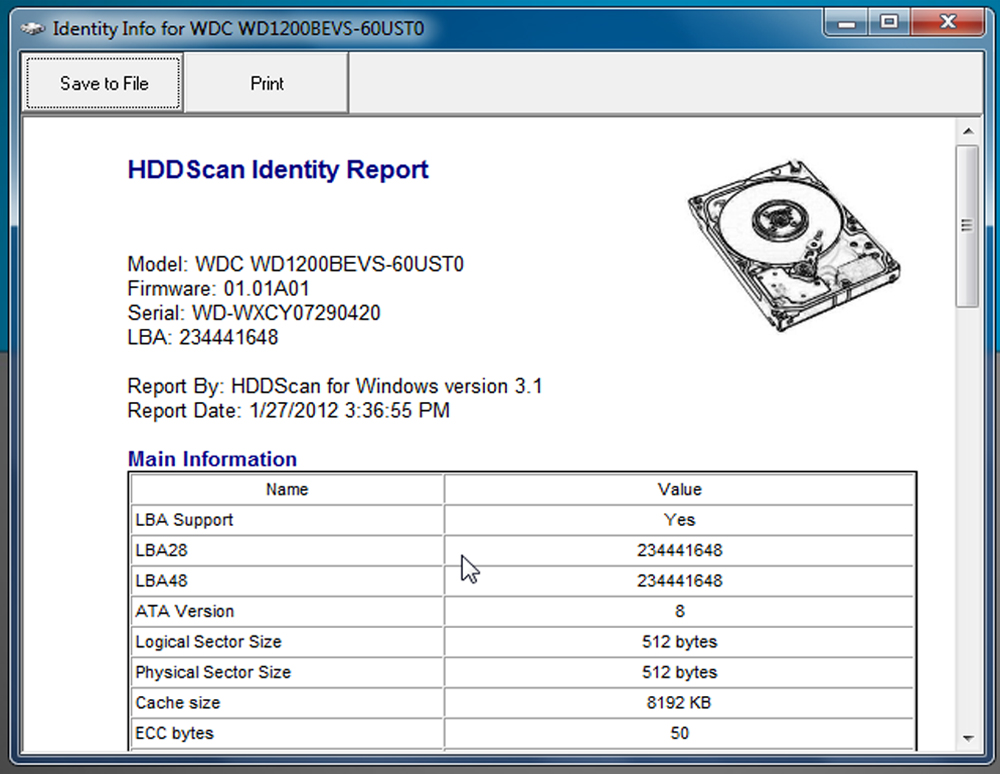The selection of a primary storage drive in important because it is where your operating system and applications will be located – so you need to make sure there is enough space for what you need now as well as room to grow for the future. How quickly your operating system and programs load is also mostly affected by the speed of this drive, so if you demand fast overall performance from your laptop/computer you don’t want to be skimpy here.
Alternatively referred to as a hard disk drive generate and shortened as HD or HDD, the difficult drive generate is the pc’s main storage space media device that completely stores all data on the computer. The difficult drive generate was first introduced on Sept 13, 1956 and includes one or more hard drive platters within of air enclosed covering. Most laptop or computer hard drives are in an internal drive bay at the front of the pc and connect to the motherboard using either ATA, SCSI, or a SATA cable and power cable. Below, is an illustration of what the within of a difficult drive generate looks like for a desktop and laptop hard drive.

To enable us to help you better and more efficiently we would like you give us following information :-
- Explain the symptoms of the problem. Also describe what you have done so far while attempting to fix the problem. Have you tried to have it repaired by some other company former to us?
- List any critical directories and files. Be as thorough as possible. Include only those files that do not exist on any other drive or backup set.
- Is the Operating System loaded on the Hard Disk like DOS, Windows, LAN, Novell & other such versions? If so then which version?
- Does the drive appear to be physically damaged? NOTE: If the computer cannot detect the presence of the hard drive (from within CMOS), or if you hear heavy clicking or scratching sounds coming from the drive when the computer is on—– the drive is probably physically damaged.
- What is the computer processor ? Pentium 4, Dual Core, Core 2 Duo ?
- Is the hard disk partitioned ? LAN? If so then state into how many partitions along with their names & sizes.
- If OS is Novell or Windows then state the following: – Volume and its size. – Whether it contains DOS Partition along with its name and size. – Super user password and other login names ,etc.
- Is the drive compressed? Dblspace (DOS) ,DriveSpace 2 or Drivespace 3 ?
- The name of directory structure and the names of the most vital files to be retrieved must be provided by the client with correct spelling.
- CUSTOMER should send a defect –free drive for copying the data.
- If the drive is I omega Jazz, HP or a Bernoulli, please include the Drive unit and necessary software, adopters as well as the disk you want us to repair and same will be returned after repairs.
THESE VITAL INFORMATION ENABLES US TO GET YOUR LOST DATA BACK. WHEN YOUR DATA IS CRITICAL DONT SEND IT TO JUST ANYONE —— SEND IT TO A PROFESSIONAL — SAI SALES INFOTECH !!
SOUNDS TO LISTEN FOR CRASHED HARD DRIVE?
It can be alarming to hear strange noises coming from your hard drive. Below are a few examples of noises that could lead to or be caused by a hard drive failure. This is not meant to be a self diagnosis tool, it’s just a simple way to let you know that Eco Data Recovery is capable of rescuing data from drives that suffer from each of these failures.
Important!!
If your drive is making any of these sounds or any uncommon noise, TURN IT OFF and
disconnect it immediately before there is any further damage. Fill out our Online Quote
Form for a free quote that could save your valuable data.
